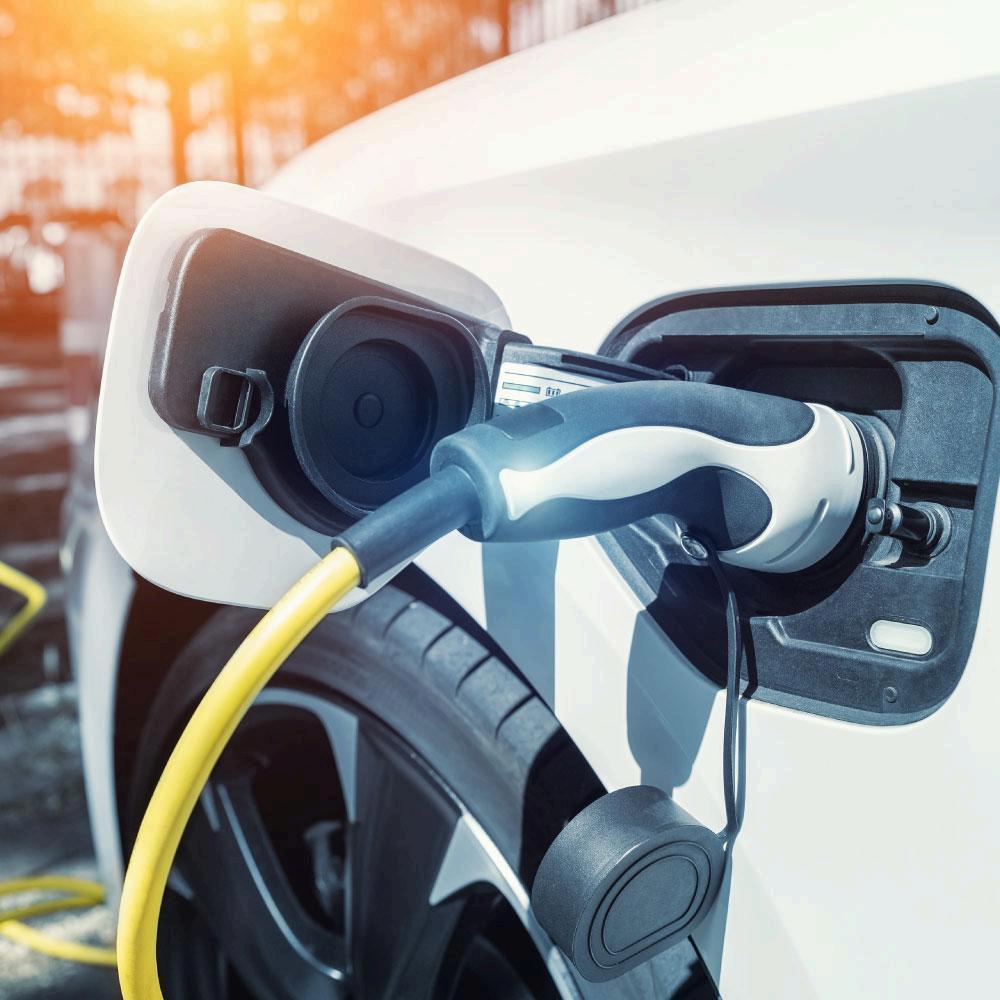Redesigning Classic Engines for a Cleaner Future by
Gary S Winemaster
Published on: 08/27/2025

The shift toward alternative fuels is pushing engineers to rethink traditional engine designs
Internal combustion engines have been the backbone of transportation for over a century; however, utilizing them with cleaner energy sources requires significant adaptation Updating existing engines enables manufacturers to reduce emissions while maintaining vehicle reliability and familiarity, as noted by Gary S Winemaster.
Biofuels are among the primary alternatives being explored. These fuels, derived from plants or waste, behave differently from conventional gasoline or diesel Traditional engines must be modified to burn biofuels efficiently Adjustments can include refining fuel injection systems, redesigning combustion chambers, and upgrading seals and gaskets to handle different chemical properties With these changes, engines can maintain performance and durability while running cleaner
Hydrogen adaptation is another central area of focus Hydrogen burns differently from liquid fuels and requires specialized storage and delivery systems. Engines require corrosion-resistant materials and redesigned fuel systems to manage hydrogen safely Despite the challenges, hydrogen offers a zero-emission solution for both vehicles and industrial machinery, with an attractive long-term goal.
Hybrid technology is also changing how engines are designed Combining traditional engines with electric motors reduces fuel consumption and lowers emissions. Engineers work on integrating electric drivetrains, improving energy management, and updating engine controls These adjustments ensure that hybrid vehicles remain efficient and reliable, giving consumers a smooth transition to cleaner transportation.
Engine materials and cooling systems must also evolve to meet these demands. Alternative fuels can produce higher temperatures or different pressures during combustion Using stronger alloys, advanced coatings, and improved cooling designs ensures engines remain safe and effective. These upgrades help traditional engines handle new fuels without compromising their lifespan or performance
Regulations and government policies play a crucial role in driving these adaptations. Emission standards, incentives for cleaner vehicles, and research funding encourage manufacturers to develop innovative solutions that reduce emissions. Companies that proactively update their engines for alternative fuels benefit from regulatory compliance and a competitive advantage in the growing market for sustainable transportation
In summary, redesigning traditional engines for alternative fuels bridges the gap between classic technology and modern sustainability needs Through fuel system upgrades, hybrid integration, and the use of improved materials, engines can operate efficiently with biofuels and hydrogen With supportive policies and consumer demand, these adaptations ensure vehicles remain practical while contributing to a cleaner, greener future
